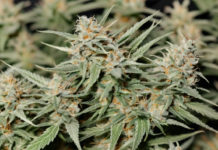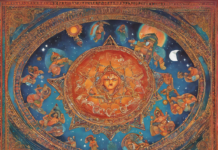The Vai Sipai is a distinctive and integral component of traditional Lu clothing in many Pacific Island cultures, particularly in Samoa and Tonga. It holds great cultural significance and serves as a symbol of identity, status, and heritage within these communities. In this article, we will delve into the history, significance, and design of the Vai Sipai, exploring its role and importance in traditional Lu attire.
The History of Vai Sipai
The Vai Sipai has a rich history that dates back centuries. It originated as a garment worn by warriors in battle, signifying their bravery, prowess, and status within their communities. Over time, the Vai Sipai evolved from a practical piece of armor to a symbol of cultural pride and identity. Today, it is worn on ceremonial occasions, cultural events, and even in daily life to showcase a connection to tradition and heritage.
Significance of Vai Sipai
The Vai Sipai holds deep cultural and social significance within Samoan and Tongan communities. It symbolizes strength, resilience, and honor, reflecting the values and traditions of the people who wear it. Additionally, the intricate designs and patterns on the Vai Sipai often carry symbolic meanings related to family lineage, tribal affiliations, and spiritual beliefs. As such, wearing the Vai Sipai is not just a fashion statement but a way to honor one’s ancestors and connect with the roots of one’s culture.
Design and Construction
The Vai Sipai is typically made from natural materials such as pandanus leaves, coconut fibers, and sisal yarn. These materials are carefully woven together to create a strong and durable fabric that can withstand the rigors of daily wear. The patterns and motifs on the Vai Sipai are created using a technique known as siapo, which involves stamping or painting designs onto the fabric using natural dyes and pigments. Each design is unique and often reflects the individuality and creativity of the artisan who made it.
Variations of Vai Sipai
While the basic design of the Vai Sipai remains consistent across different regions and communities, there are variations in color, size, and embellishments that reflect local customs and traditions. In Samoa, for example, the Vai Sipai may be adorned with shells, feathers, or beads to add a touch of elegance and sophistication. In Tonga, on the other hand, the Vai Sipai is known for its bold colors and geometric patterns that convey a sense of power and strength.
Maintaining the Tradition
In modern times, the art of making Vai Sipai is at risk of fading away as younger generations veer towards more contemporary styles of clothing. However, efforts are being made to preserve this cultural tradition and pass it on to future generations. Organizations and artisans are working to teach young people the skills and techniques needed to create Vai Sipai, ensuring that this ancient art form continues to thrive and flourish in the digital age.
FAQs (Frequently Asked Questions)
1. What does Vai Sipai symbolize?
The Vai Sipai symbolizes strength, honor, and cultural identity within Samoan and Tongan communities.
2. How is the Vai Sipai constructed?
The Vai Sipai is typically made from natural materials such as pandanus leaves, coconut fibers, and sisal yarn, woven together to create a durable fabric.
3. What are the variations of Vai Sipai?
Different regions and communities may have variations in color, size, and embellishments on the Vai Sipai that reflect local customs and traditions.
4. Why is it important to preserve the tradition of making Vai Sipai?
Preserving the tradition of making Vai Sipai ensures that this cultural heritage is passed down to future generations, maintaining a connection to the past.
5. Can anyone wear a Vai Sipai?
While the Vai Sipai is traditionally worn by warriors and individuals of high status, it can be worn by anyone who wishes to honor and celebrate Pacific Island culture and heritage.









